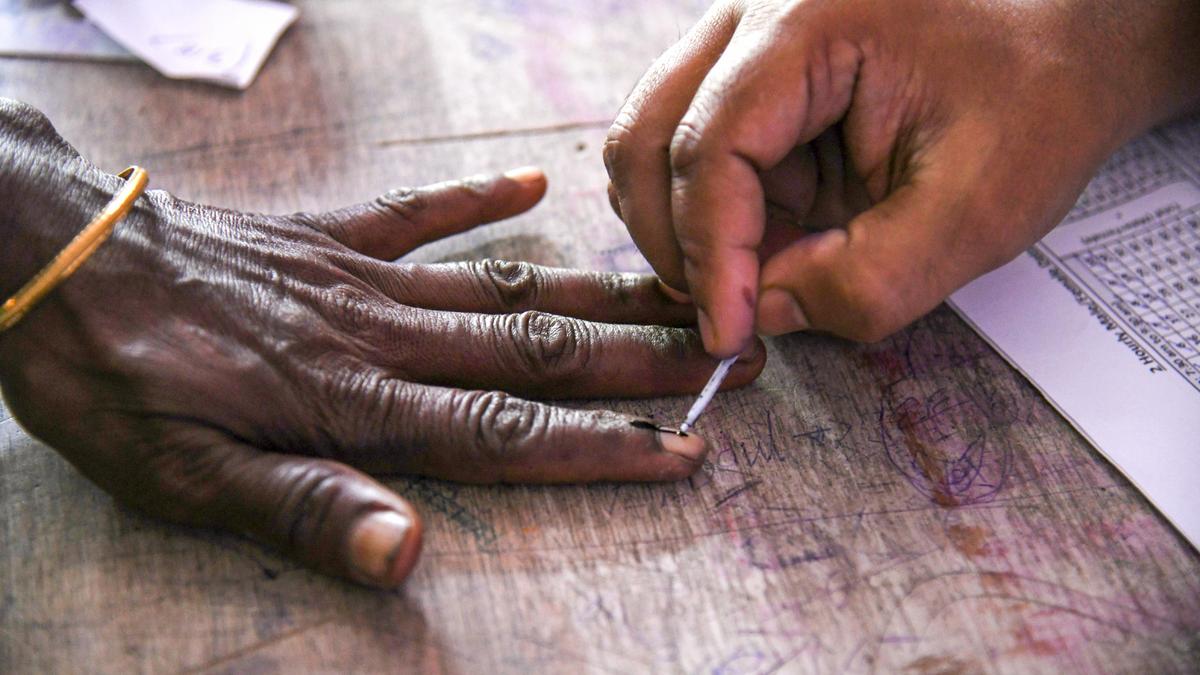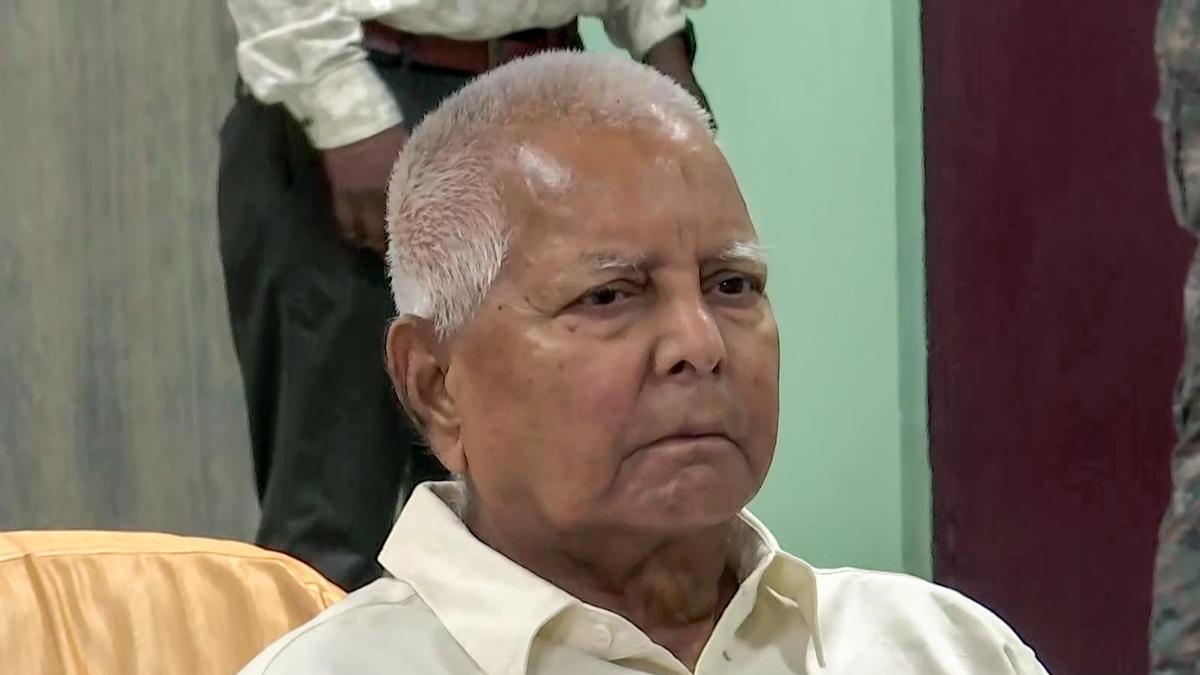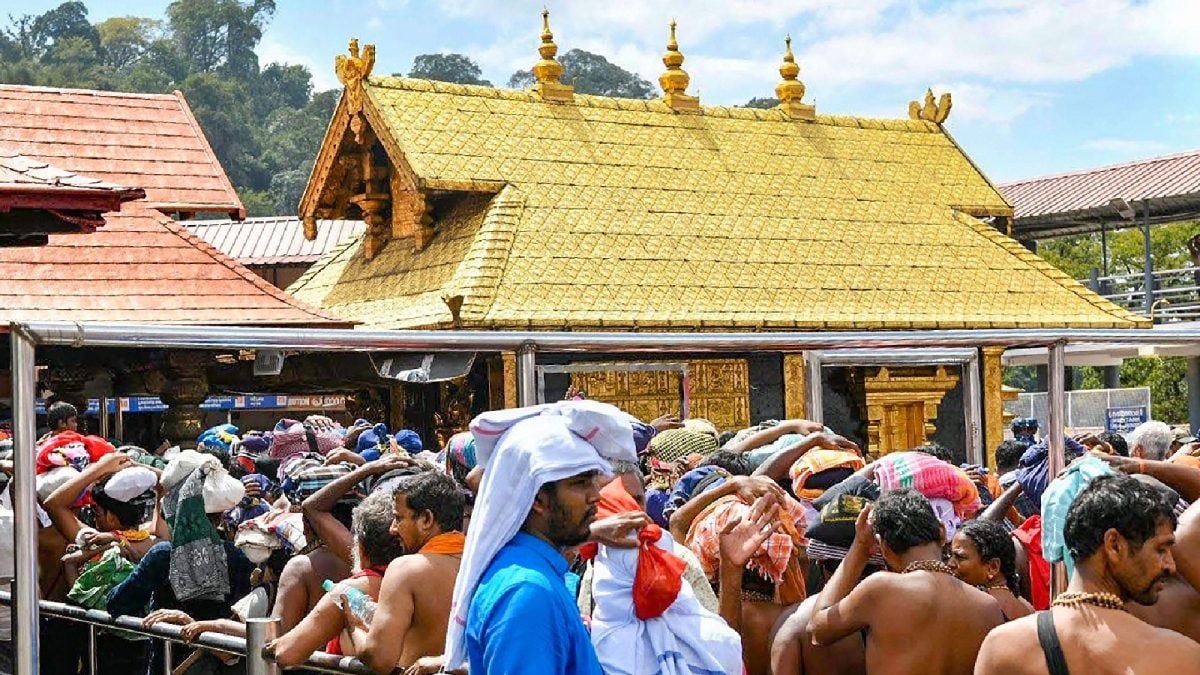A 10-year-old tribal student from Idukki has brought renewed attention to a centuries-old art of bamboo weaving. Aditya Anish, a Class V student of St. George Upper Primary School, Arakkulam, Idukki, wove a Kannadippaya — a traditional tribal mat — earning first grade in the sub-district science festival held recently at Arakkulam.
According to officials, Aditya participated in the bamboo craft section of the festival and amazed teachers and visitors by skilfully weaving in a day the Kannadippaya, a product known for its craftsmanship and cultural value. Traditionally, the craft is practised by older members of tribal communities, and has been gradually disappearing due to the high expertise it demands and the difficulty in sourcing the specific type of bamboo used.
“Aditya’s family has been involved in Kannadippaya weaving,” said Manoj P.G., a teacher at St. George UP School. “She observed her family members and recently attended a training camp held in her settlement by the Kerala Forest Research Institute (KFRI). During the science festival, she demonstrated the weaving process and produced a fine Kannadippaya, earning top honours,” said Mr. Manoj. Aditya hails from the Palapavu tribal settlement at Venmony near Arakkulam.

Aditya Anish, a Class V student wove a Kannadippaya — a traditional tribal mat — earning the first grade in the sub-district science festival held recently at Arakkulam. | Photo Credit: SPECIAL ARRANGEMENT
‘Cultural handover’
Aditya’s mother, Vimala P.V., field worker of DST Project, said her daughter developed interest in the craft after attending the training camp. “She watched closely as the elders demonstrated the process. Later, she practised it and came up with a smaller version of Kannadippaya at the science fair, winning first place,” said Ms. Vimala. Though the product she made was small, the perfect technique used in its making came in for praise.
A.V. Raghu, Principal Scientist at the KFRI and the investigator of various projects on Kannadippaya, praised the young girl’s achievement. “It’s rare for someone so young to complete a Kannadippaya,” he said. “This reflects a vital cultural handover — a new generation embracing an ancient tradition. It’s a hopeful sign for preserving this endangered craft,” said Dr. Raghu.
How the mat is made
The Kannadippaya is made from a unique variety of creeper bamboo found deep in the forests of the Western Ghats. It is famed for its smooth, mirror-like surface — which inspired its name (’kannadi’ meaning mirror in Malayalam) — and for being so thin that it can be rolled inside a bamboo culm. As per sources, this craft is now known only to 50 to 60 members in Idukki, Ernakulam, Thrissur, and Palakkad districts.
Nearly a decade ago, the Idukki district panchayat had launched an initiative to revive this fading craft. After that, the KFRI sought to popularise the craft through various projects.
The KFRI has been leading efforts to sustain and promote Kannadippaya weaving through revival missions and training initiatives. The Kannadippaya received its GI tag in March this year, making it the first tribal handicraft product from Kerala to receive the recognition.

 1 day ago
5
1 day ago
5









 English (US) ·
English (US) ·